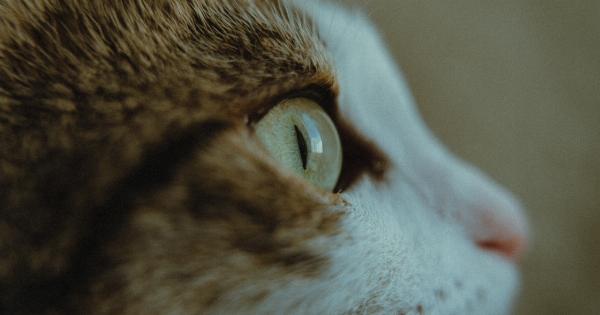Lice are a common problem, particularly among children. Despite their prevalence, there are a lot of myths circulating about lice that can make it difficult to know how to effectively treat and prevent infestations.
Here are six of the most common lice myths that need to be debunked:.
Myth #1: Lice Only Affect Unhygienic People
Contrary to popular belief, lice are not just found on people who do not practice good hygiene. In fact, lice prefer clean hair and scalps because it makes it easier for them to attach their eggs, or nits, to the hair shaft.
In addition, anyone can be exposed to lice through close contact with someone who has an infestation, regardless of their personal hygiene habits.
Myth #2: Lice Can Jump From One Person to Another
While it is true that fleas and other pests can jump from one host to another, lice cannot. Lice only crawl from person to person or from object to person. This means that the most common way to contract lice is through direct head-to-head contact.
Myth #3: Lice Can Only Survive on Human Hair
While lice prefer human hair, they can survive for a short period of time on other surfaces, such as clothing, bedding, and upholstery.
This is why it is important to wash or dry clean any items that may have come into contact with someone who has lice.
Myth #4: Lice Can Be Eliminated with Over-the-Counter Products Alone
Many over-the-counter lice treatments are available, but most of them are not effective on their own. Lice have become resistant to some of the chemicals found in these products, making them less effective.
In addition, many of these products do not kill the lice eggs, or nits, which means that a second treatment is often necessary to fully eliminate an infestation.
Myth #5: Lice Are Only Found on the Scalp
While the scalp is the most common location for lice, they can also be found on other parts of the body that have hair, such as the eyebrows, eyelashes, and pubic area.
If you or your child has been diagnosed with lice, it is important to carefully check these other areas as well.
Myth #6: Lice Are Harmless
Lice may not be dangerous, but they can cause significant discomfort and embarrassment. Heavy infestations can cause itching and skin irritation, and children may be ostracized from their peers if it is discovered that they have lice.
In addition, treatment can be time-consuming and expensive, which makes prevention all the more important.































